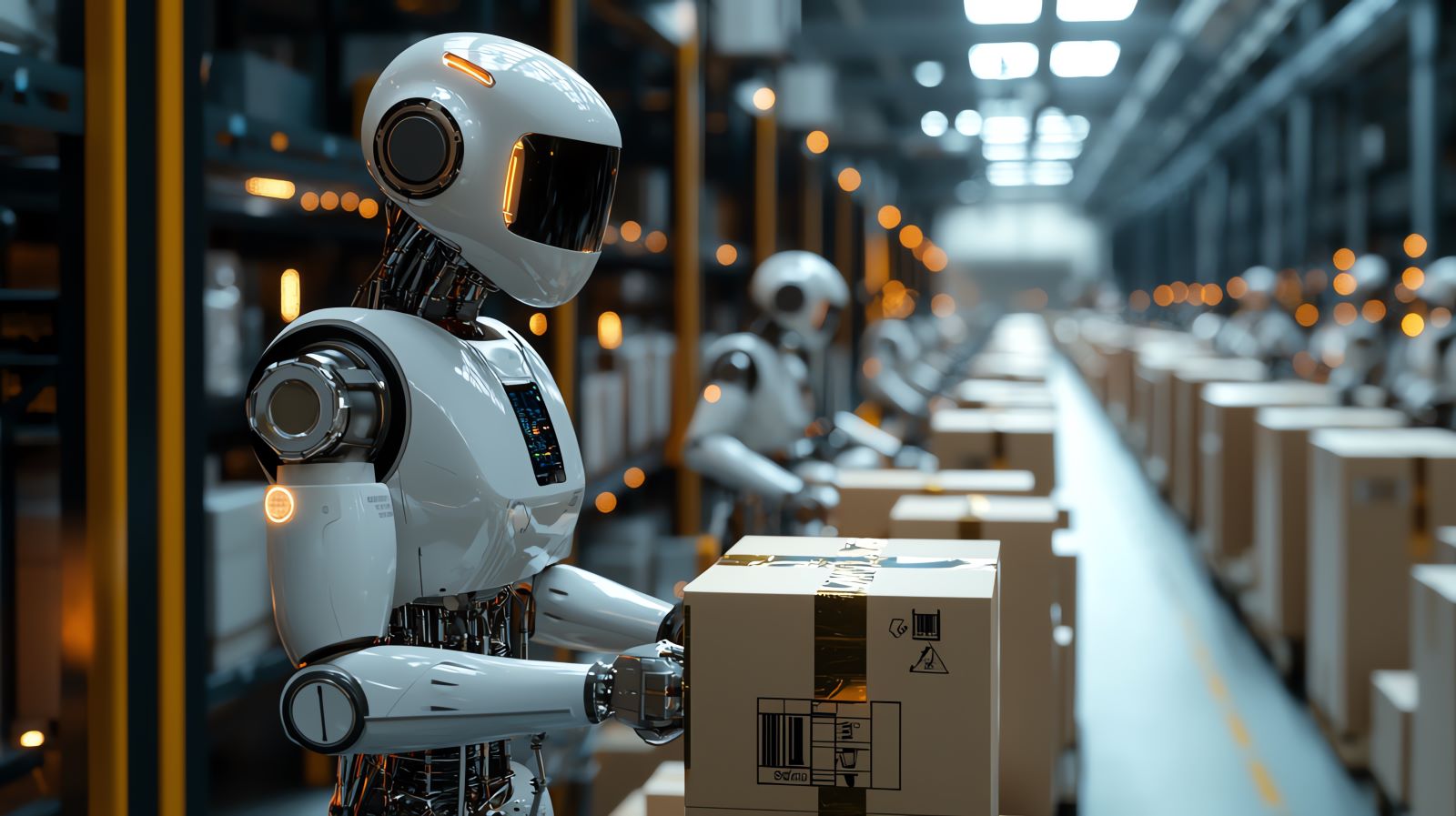Revolutionizing Logistics: How AI is Transforming Shipping Efficiency
The logistics and shipping industry, long reliant on manual processes and human decision-making, is now on the cusp of a digital revolution, with artificial intelligence (AI) leading the charge. AI technologies are being integrated into every aspect of the logistics chain, from warehouse management and inventory optimization to route planning and customer service. As businesses face increasing pressure to streamline operations and meet rising consumer demands, AI offers the tools to enhance efficiency, reduce costs, and create smarter shipping solutions.
In this blog, we’ll dive into the transformative ways AI is changing logistics and shipping, empowering businesses to ship smarter and faster.
1. AI-Powered Demand Forecasting
One of the key applications of AI in logistics is predictive analytics. Through machine learning algorithms that analyze vast amounts of historical data, companies can forecast demand with far greater accuracy than ever before. This enables logistics providers to optimize inventory management, better anticipate staffing needs, and avoid costly delays due to stock shortages or overstocking.
For example, an e-commerce company can use AI-powered demand forecasting to predict spikes in demand for specific products based on seasonality, buying trends, and even external factors like weather. This helps ensure the right products are stocked and ready to ship, minimizing delays and enhancing customer satisfaction.
2. Warehouse Automation and Smart Inventory Management
AI is also transforming the physical side of logistics through automation and intelligent inventory management systems. Robotics and AI-driven sorting systems are being deployed in warehouses to streamline the picking, packing, and shipping process. These AI-driven robots can perform repetitive tasks quickly and with higher precision than human workers, reducing human error and improving overall efficiency.
Beyond automation, AI helps manage inventory intelligently. With real-time data analytics and machine learning algorithms, companies can monitor stock levels and anticipate replenishment needs automatically. This ensures optimal inventory levels are maintained, reducing both stockouts and excess inventory, which can tie up capital and increase warehousing costs.
3. Optimized Route Planning and Autonomous Delivery
Perhaps one of the most exciting applications of AI in logistics is route optimization. AI systems can analyze traffic patterns, weather conditions, and even geopolitical events to determine the fastest and most efficient routes for delivery. This not only helps save time but also cuts fuel consumption, lowering costs and reducing carbon emissions.
For logistics companies that operate large fleets of delivery vehicles, AI-driven route optimization can result in substantial cost savings. Companies can avoid congested areas, plan for alternative routes in real time, and ensure on-time delivery with fewer resources.
The future of logistics may also see the rise of autonomous delivery vehicles, powered by AI. Already, companies like Amazon and FedEx are experimenting with self-driving delivery trucks and drones to enhance last-mile delivery. While still in the experimental stages, autonomous delivery has the potential to revolutionize how goods are delivered, especially in densely populated areas where traditional vehicles face challenges.
4. Real-Time Shipment Tracking and Transparency
One of the top customer demands in modern logistics is visibility. AI-powered systems are enabling real-time tracking and transparency throughout the entire supply chain. With the help of Internet of Things (IoT) sensors and AI algorithms, logistics companies can track shipments in real time and provide customers with up-to-the-minute information about their orders.
This not only improves customer satisfaction but also helps logistics providers address issues like delays or lost shipments before they escalate into major problems. AI-enabled tracking systems can also trigger automatic alerts in case of unexpected deviations, allowing companies to react quickly to ensure that shipments stay on course.
5. AI-Enhanced Customer Service
AI is also making waves in customer service within the logistics industry. AI chatbots and virtual assistants are now being used to answer customer queries, provide real-time updates on shipment status, and offer automated support for common issues. This improves response times and ensures that customers can access important information around the clock, enhancing their overall experience.
In addition, AI can help logistics companies proactively address customer concerns by analyzing trends and identifying areas for improvement. For example, machine learning algorithms can detect patterns in customer complaints, allowing companies to take corrective action before issues become widespread.
Conclusion
The integration of AI in logistics is not just about automation and cost-cutting—it’s about smarter, more efficient operations that benefit businesses and consumers alike. From predictive analytics and warehouse automation to optimized routes and real-time tracking, AI is transforming the way goods are shipped and delivered across the globe. As logistics companies continue to embrace AI technologies, we can expect faster deliveries, lower operational costs, and an enhanced customer experience.
The future of shipping is smarter—and AI is making it happen.


